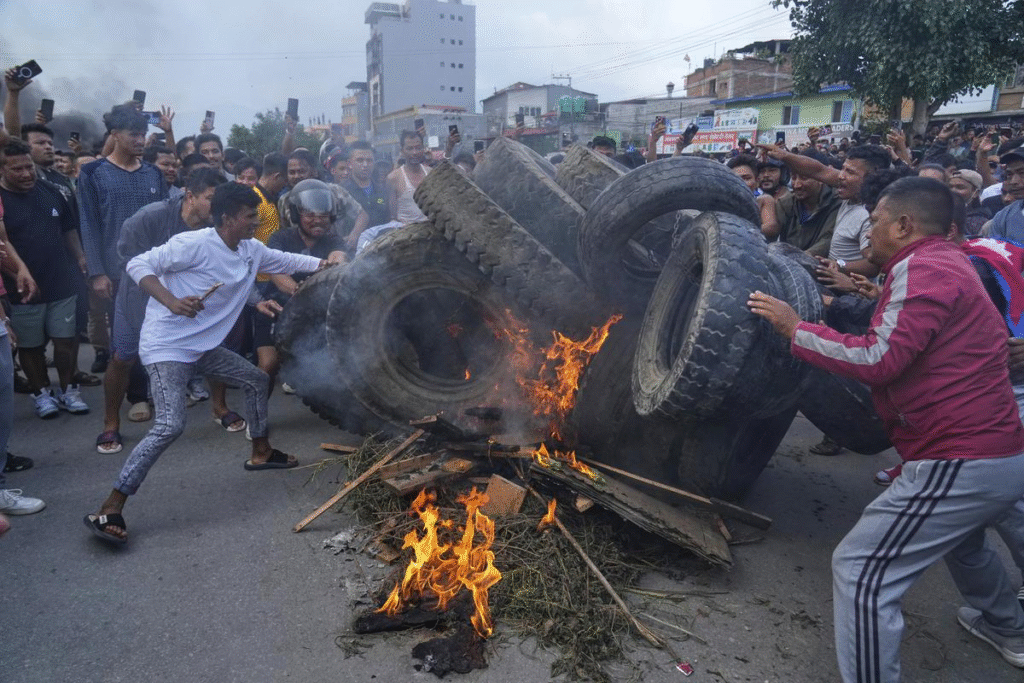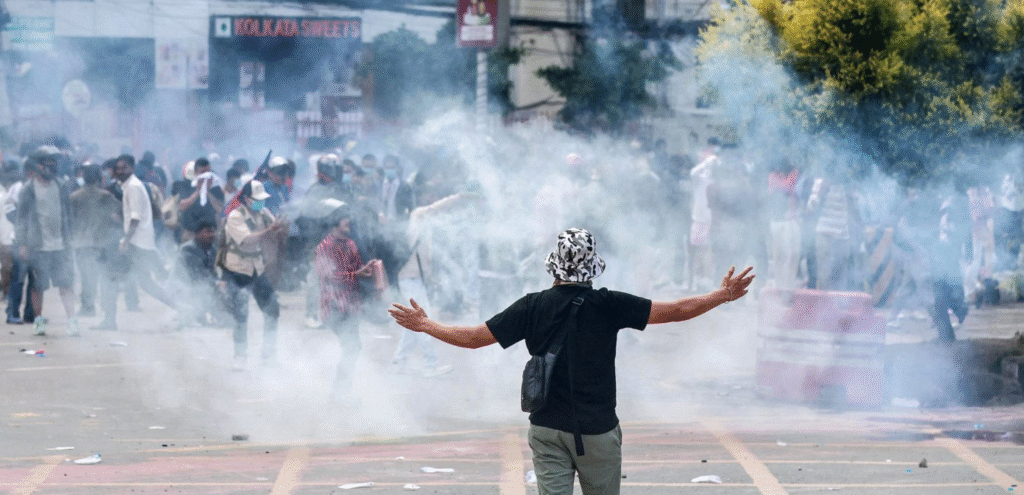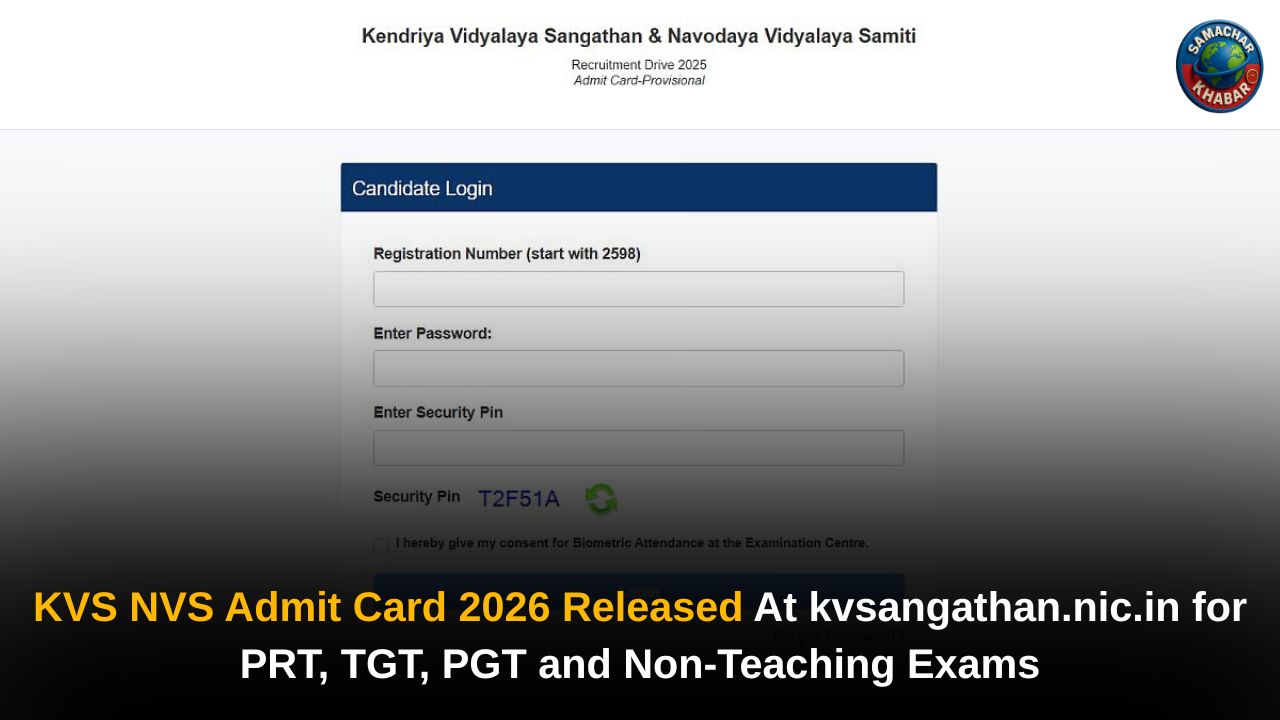The serene Himalayan nation of Nepal has recently found itself at the precipice of significant unrest, fueled largely by its vibrant and politically conscious Gen Z population. What began as scattered demonstrations has rapidly escalated into a full-blown national crisis, culminating in the Nepal Army taking control of the Tribhuvan International Airport in Kathmandu.
This dramatic development has sent shockwaves across the region and raised urgent questions about the future of Nepal. Understanding the nuances of these Nepal Gen Z Protest highlights: Nepal Army takes control of Kathmandu airport, Explained Nepal Crisis is crucial to grasping the complex socio-political landscape currently unfolding.
Nepal Protest : Why is Gen Z Protesting ?
Nepal’s youth, particularly its Gen Z, are increasingly disillusioned with the state of affairs. Decades of political instability, corruption, and a perceived lack of opportunities have simmered beneath the surface. Unlike previous generations, Gen Z is highly connected, globally aware, and unafraid to voice their grievances.

- Economic Stagnation: High unemployment rates, even among educated youth, are a major contributing factor. Many young Nepalis feel their future prospects are dim, forcing many to seek opportunities abroad.
- Political Corruption: Graft and impunity are rampant, eroding public trust in institutions. High-profile corruption scandals have repeatedly rocked the nation, leading to widespread public anger.
- Governance Issues: Ineffective governance, slow implementation of development projects, and a lack of accountability from elected officials have fueled frustration.
- Environmental Concerns: Nepal’s youth are also deeply concerned about environmental degradation and the impacts of climate change, often feeling that the government is not doing enough to address these critical issues.
A recent survey by The Asia Foundation indicated that over 70% of Nepali youth believe that corruption is a major problem in their country, highlighting the depth of this sentiment.
Escalation of Protests: From Streets to National Attention
Initially, the protests were localized, focusing on specific grievances such as fuel price hikes or alleged irregularities in public service delivery. However, fueled by social media, these isolated protests quickly coalesced into a broader movement. Hashtags like #NepalYouthUprising and #ReformNepal began trending, amplifying the voices of thousands.
The turning point came when a series of peaceful demonstrations were met with what many perceived as heavy-handed tactics by law enforcement. This only served to galvanize the protestors, drawing more participants and shifting the narrative from specific complaints to a demand for systemic change. The sheer scale and sustained nature of these demonstrations caught the government off guard, showcasing the organizational power and determination of Nepal’s Gen Z.
The Nepal Army’s Intervention at Kathmandu Airport: A Critical Juncture
The decision by the Nepal Army to take control of Tribhuvan International Airport (TIA) in Kathmandu marks a significant escalation in the ongoing crisis. This move, announced by the Ministry of Defense, was justified as a measure to “ensure national security and maintain essential services” amidst growing civil unrest.

- Disruption to Essential Services: Prior to the army’s deployment, reports emerged of protestors attempting to disrupt airport operations, impacting both domestic and international flights.
- Symbolic Importance: TIA is not just a critical transportation hub but also a potent symbol of national sovereignty and connectivity. Its control by the army sends a clear message about the government’s resolve to maintain order.
- Precedent and Future Implications: While temporary, such a move sets a powerful precedent and raises questions about the military’s role in civilian matters during times of crisis. It underscores the severity of the Nepal Crisis and the government’s struggle to manage it through conventional means.
This intervention has been met with mixed reactions. While some view it as a necessary step to prevent further chaos, others see it as an authoritarian overreach that could further inflame tensions.
Regional and International Reactions to the Nepal Crisis

The unfolding events in Nepal have not gone unnoticed on the international stage. Neighboring countries, particularly India and China, are closely monitoring the situation due to their significant strategic and economic interests in Nepal.
- Concern from Neighbors: Both India and China have called for peace and stability, urging all parties to engage in dialogue. The stability of Nepal is crucial for regional security and trade.
- International Bodies: Human rights organizations and international observers have expressed concerns about the use of force and the potential for human rights violations. The United Nations has reportedly offered its mediation services, should all parties agree.
- Diaspora Engagement: The Nepali diaspora worldwide has been actively engaged, organizing solidarity protests and using social media to raise awareness and support the movement back home.
The international community’s response could play a critical role in shaping the trajectory of this crisis, either by encouraging dialogue or by inadvertently exacerbating tensions through perceived interference.
Also Read: Team Water: A Global Wave of Change for Clean Water Access by Mark Rober & MrBeast
Understanding the “Nepal Crisis”: A Multifaceted Challenge
The term “Nepal Crisis” encapsulates a complex interplay of factors that have converged to create the current volatile situation. It’s more than just a protest; it’s a systemic challenge requiring deep-rooted reforms.

- Political Instability: Nepal has seen numerous government changes in recent decades, leading to policy inconsistencies and a lack of long-term vision.
- Economic Disparity: Despite significant potential in tourism and hydropower, wealth remains concentrated, and opportunities are scarce for the majority.
- Youth Aspiration vs. Reality: A well-educated and globally aware youth population has aspirations that the current socio-economic and political structures are failing to meet.
- Federalism Implementation Issues: The transition to a federal structure, while promising, has faced challenges in implementation, leading to power struggles and resource disputes.
- Geopolitical Sensitivity: Nepal’s unique geographical position between two economic giants, India and China, makes its internal stability a matter of regional and international significance.
Addressing the Nepal Crisis will require a holistic approach that goes beyond temporary fixes and delves into fundamental reforms across governance, economy, and social justice.
The Path Forward: Dialogue, Reform, and Reconciliation
The immediate priority for Nepal is de-escalation and the establishment of a credible dialogue mechanism. Both the government and the protesting youth need to find common ground to prevent further loss of life and property.

- Open Dialogue: The government must initiate genuine and inclusive talks with representatives of the protesting youth, listening to their demands and offering concrete solutions.
- Accountability and Reform: Addressing the core issues of corruption and poor governance through independent investigations and systemic reforms is paramount.
- Youth Engagement: Creating meaningful avenues for youth participation in policy-making and economic development can channel their energy constructively.
- Economic Revival: Implementing policies that foster job creation, entrepreneurship, and equitable economic growth is essential for long-term stability.
- Constitutional Review (if necessary): While sensitive, certain aspects of the constitution or its implementation may need review if they are perceived as barriers to justice and equity.
The Nepal Gen Z Protest highlights: Nepal Army takes control of Kathmandu airport, Explained Nepal Crisis underscore a critical moment in Nepal’s history. The nation stands at a crossroads, with the potential for either profound positive change or continued instability. The responsibility now lies with all stakeholders to choose a path of peace, dialogue, and reform.
A Call for Unified Action
The recent events in Nepal are a stark reminder of the power of youth activism and the urgent need for responsive governance. The Nepal Gen Z Protest highlights: Nepal Army takes control of Kathmandu airport, Explained Nepal Crisis reveal a nation grappling with deep-seated issues that demand immediate and thoughtful attention.
For Nepal to move forward, its leaders must engage authentically with its young population, address their grievances, and work towards building a more equitable and prosperous future.
What are your thoughts on the unfolding crisis in Nepal? Share your perspectives in the comments below!

















